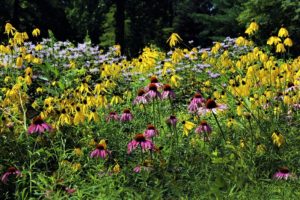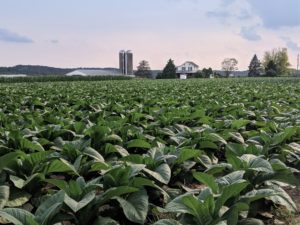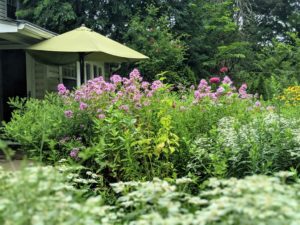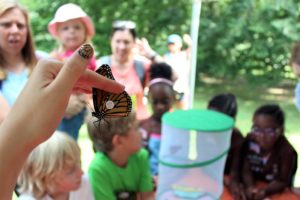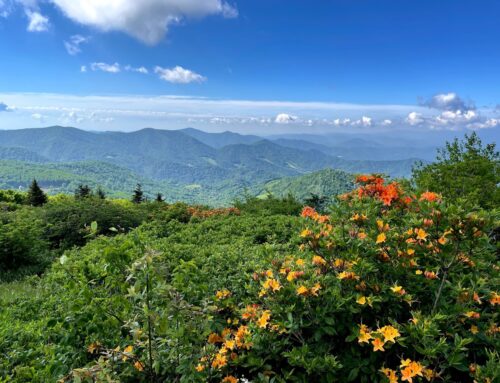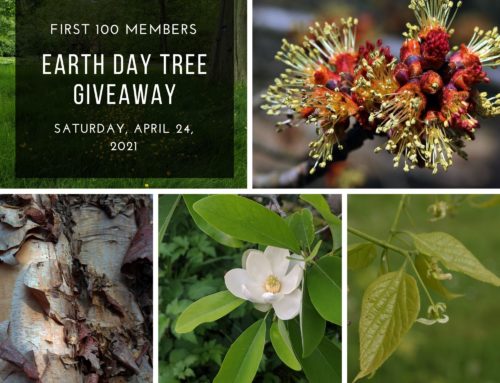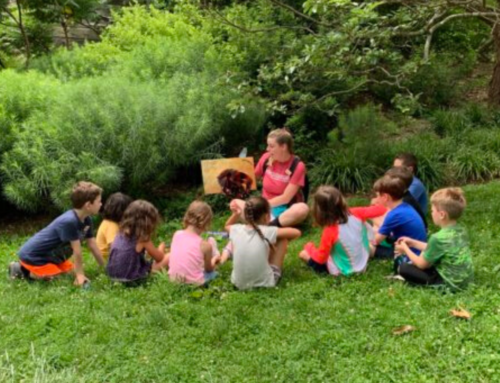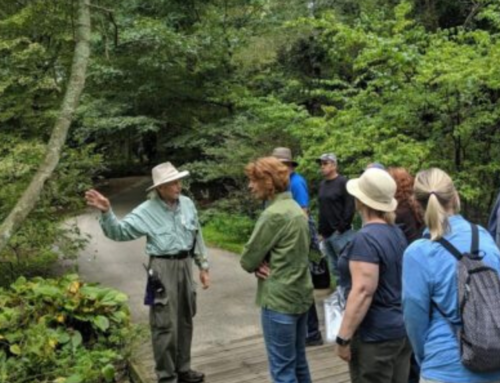We talked recently in the blog post “Community Conversations around Nature’, by Dr. Laura Guertin about how nature as a concept decreased in online conversation following the beginning of the COVID-19 Pandemic. It’s not hard to imagine why this would be. In the stress and anxiety of the time certain topics were bound to fall by the wayside as our communities focused on our immediate survival needs. We were all juggling work and childcare, getting food, and keeping our families safe. After all, nature would be there when we got through the crisis, and it’s not as though environmental health and personal health are connected, right?
Wrong.
The health of the environment and the health of our communities, our economy, and our bodies are all deeply connected. No one knows with certainty what led to the emergence of SARS-CoV-2, but scientists believe it is a zoonotic, or wildlife carried, disease. And it’s not the first novel coronavirus to infect humans as the result of a jump from an animal host. It’s the seventh. According to the Center for Biological Diversity, an increase in habitat fragmentation and the movement of live animals for food and medicine via the Wildlife Trade increases our exposure to many different zoonotic diseases – coronavirus and otherwise. According to the World Health Organization, climate conditions strongly influence the transmission of water-borne diseases, as well as diseases transmitted by insects and snails.
What’s more, the regions or populations where different diseases are endemic, or always found, might shift as well. Vector-borne diseases (illnesses caused by parasites or pathogens) like Lyme disease or Zika virus, may be found in areas where they were previously absent. According to the paper, “Climate Change and Vector Borne Diseases: a Regional Analysis” by Andrew K. Githeko, et al., as the climate warms, diseases will begin to move into new areas as the climate supports the insect, animal, or invertebrate that carries the disease. In tropical and subtropical areas, malaria and dengue fever are of particular concern. Here in North America, the diseases to watch will be Lyme and other tick-borne illnesses as populations of ticks shift.
Environmental health has an impact on economic health as well. According to the World Resources Institute, some states in the US, including Missouri and Illinois, risk losing up to 70% of their average annual crop yield by the end of the century as a direct result of climate change.
All of these data are troubling – they point to a rapidly changing climate, more unstable environment, and greater instability in our communities. What this ultimately means is that we should be talking more, not less, about nature and climate change as the COVID-19 Pandemic continues to evolve and change. If climate change and environmental degradation are part of the drivers of threats to human health and wellness, then taking action to mitigate the effects of climate change and restore healthy and balanced ecosystems must be part of the solution. For instance, according to the United States Environmental Protection Agency, reductions in fine particulate pollution from 1980-2000 as a result of the passage of the Clean Air Act lead to improvements in life expectancy at birth by about seven months. These benefits extend to the economy as well. Thirty-three states and the District of Columbia have seen economic growth while reducing their carbon emissions from 2000-2014, making the argument that a more energy and resource-efficient economy is more efficient and productive overall, as well as being safer for our communities.
The evidence is clear – climate change and poor environmental health lead to a decline in human health and wellness. So what can we do?
We can talk about nature and the environment. We can advocate for climate action.
We can support local groups and organizations. These groups are doing the boots-on-the-ground work to create and sustain a healthy environment. But they can’t do it alone.
We can make greener choices. We can consider the environmental ramifications of the things we buy and where we buy them.
As we discussed in Our Changing Communities, we can reimagine our built community and design them to be more ecologically supportive using ecological landscaping and greener stormwater management techniques.
We can structure our food system differently, as we explored in Paradise Reimagined.
We can engage with citizen science to collect valuable data that will help us prepare for the future.
We can be inclusive, and make sure all communities have a voice.
There is a great deal of work to be done, and that work is critical to both environmental wellness and the wellness of our communities. But as Lao Tzu says – the journey of a thousand miles begins with one step.
So let’s get started. One step at a time.


